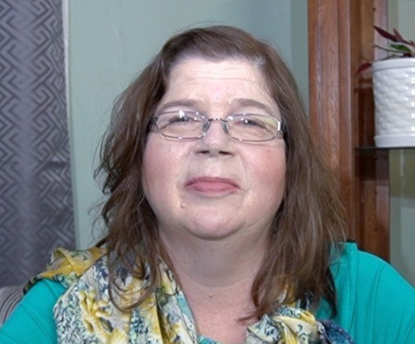
Reading A Crochet Chart
Mary Beth TempleDescription
Reading a crochet chart and understanding pattern schematics are important skills that can help take your crochet up a notch. In this video, crochet expert Mary Beth Temple explains the basics of both crochet charts and schematics and shares her tips and tricks for using them when working on your next crochet project.
Mary Beth is using her pattern, the Filigree Cowl, as the example. In the crocheted cowl pattern, there is both a schematic and a stitch diagram (or chart). She reviews the schematic first. This diagram is used to tell you specific sizes for different parts of a piece. If there are multiple numbers on the schematic, it’s due to the pattern having multiple sizes; highlight or circle your size and measurements so you can read the schematic easily.
When a stitch diagram is used in a pattern, you can follow it in order to crochet your piece. Many patterns also come with the written instructions that correspond with the stitch diagram. Mary Beth likes having both available so that she can compare the written instructions and the stitch diagram to make sure she is working a pattern correctly. Within the stitch diagram, there is a key. This key will tell you what each symbol represents. Another important thing of note in stitch diagrams is that there is typically a stitch multiple, which is often represented by a box. This repeat means that the stitches within the box will be repeated multiple times on the crocheted project.
Mary Beth prefers to make her charts larger, when possible. It is permissible to make a copy of a pattern you own if you are using it for personal use, so making a copy with the charts enlarged may be helpful to you. You can often read a pattern from a smart phone or tablet, which makes it very easy to zoom in on a particular part of the chart.